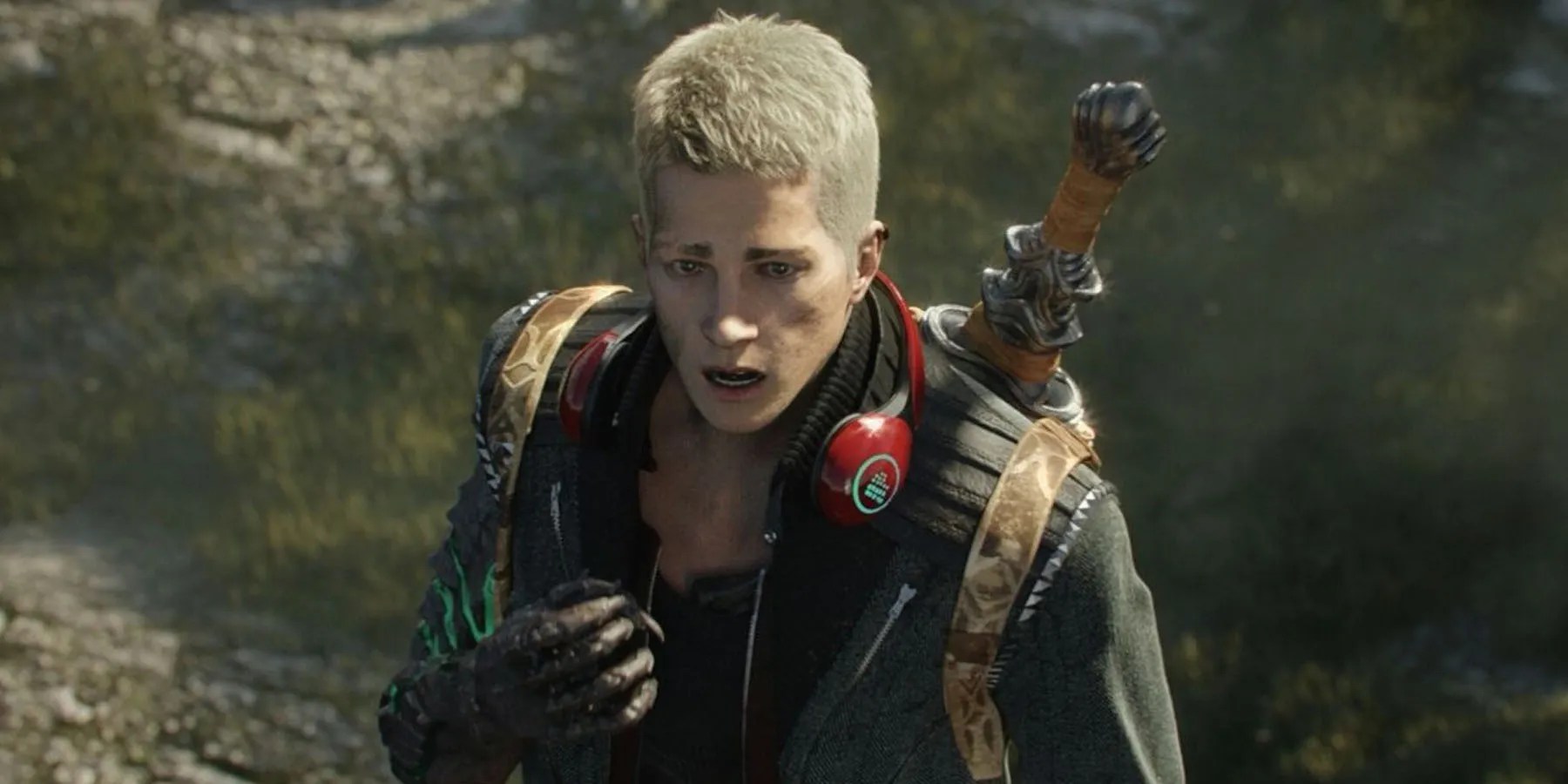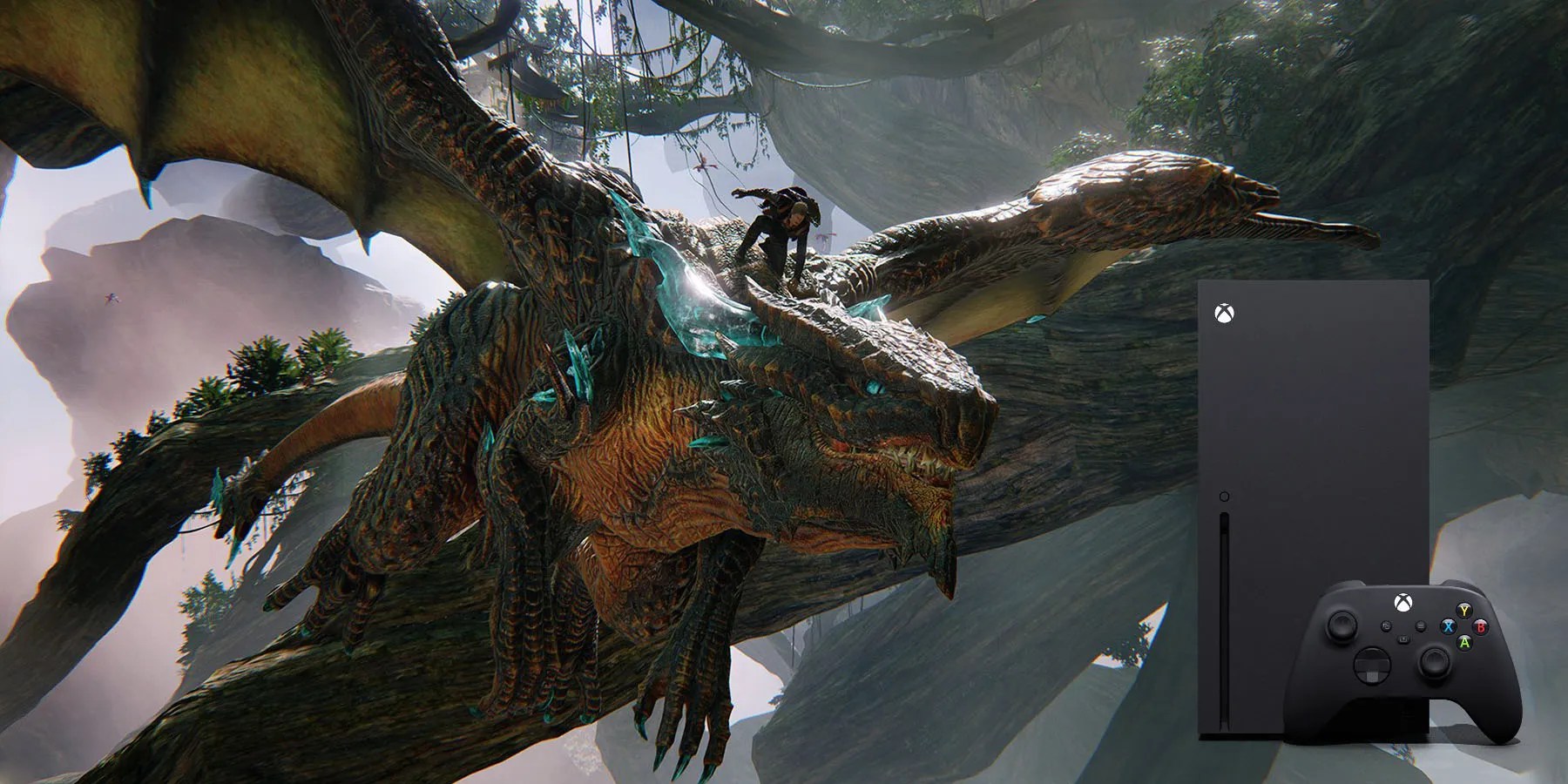Since its creation in 2007, PlatinumGames has developed a reputation for being something of a cult favorite studio amongst fans. While some of its releases likeNier: AutomataandBayonettamight lack high-profile sales figures, especially in comparison to their genre contemporaries, their critical and public reception more than makes up for this. OftenPlatinumGames’ titles are belovedfor their unique over-the-top style and subsequent quirky charms. It’s for this reason that fans still lament whatScaleboundcould have been, five years after the project was unceremoniously canceled.
Promises of visceral action blended with PlatinumGames' unique world-building prowess, not to mention an enticing narrative revolving around dragons, were all left unfulfilled due to admitted failures from the studio and its publishing partner Microsoft. Like most games that are canceled, the idea of whatScaleboundcould have been has lingered among fans and those that were involved in the project. Just this month alone,PlatinumGames director Hideki Kamiyaexpressed a desire for the studio and Microsoft to try again withScalebound. It’s for this reason that now seems like the perfect time to take a look back on the project’s complicated development history.

RELATED:Every Nintendo Game Releasing in the First Half of 2022
Scalebound’s Development
Even thoughScaleboundwas officially unveiled by Microsoft at E3 2014, in an attempt to kickstart the Xbox One following its lukewarm launch, PlatinumGames’ desire to make the game can actually be traced all the way back to the studio’s creation in 2007. While the concept of whatScaleboundcould bewas drawn up at the time, the higher ups in the studio ultimately decided to putBayonettainto active development instead.
It’s partly for this reason why discussions regardingScaleboundhave never really gone away, as the game is embedded into the identity and origins of Platinum in many respects. Following the eventual launch of cult-classics likeVanquish,Metal Gear Rising: Revengeance, andThe Wonderful 101though,Scaleboundwas put into active and full development in 2013.

Around this time, a deal was struck between PlatinumGames and Microsoft, which would see the latter assume ownership of theScaleboundIP in exchange for funding and support. In the aftermath of this agreement, what the game was intended to be on theXbox One was fleshed out by Kamiyaand his team. Concepts revolving around dinosaurs and motion controls, which were both holdovers from the Wii-era, were scrapped.
Instead, the latest incarnation ofScaleboundwas set to be a primarily third-person action-RPG, where players could direct and occasionally take control of a dragon companion. Mechanically there would’ve been a diverse array of systems to support this concept, such as the ability to shape-shift, execute melee combos, and the option to customize the dragon’s move-sets and appearance.

This sense of ambition could also be seenwithinScalebound’s narrative directionas well. Set within the high-fantasy land of Draconis, players would have been thrust into the boots of a character named Drew. Instead of being indigenous to the realm though, this non-customizable protagonist would have curiously hailed from the modern world. Finding himself within the nonlinear landscape, Drew would’ve quickly bonded with a dragon called Thuban, before setting off on a journey of discovery.
Between this heady mix of concepts, and the promise that the two heroes would’ve shared a symbiotic relationship gameplay wise, it’s easy to see why so many people are disappointed thatScaleboundnever became a playable reality.
Scalebound’s Cancellation
AfterScalebound’s global unveiling atE3 2014 via a cinematic trailer, several other follow-up appearances occurred over the course of several years. At 2015’s E3 presentation, PlatinumGames and Microsoft announced that, despite featuring a narrative seemingly designed to be a singleplayer experience,Scaleboundwould come with a four player co-operative option as well. Tentatively, a 2016 release window for the game was also set around this time, before it was publicly pushed back into 2017 towards the end of the year. Only a few months after this announcement, Microsoft revealed that development onScaleboundhad come to an end.
At the time, very few details were presented to the public as to why the game was canceled. Speaking during an interview in 2019, PlatinumGames' Atsushi Inaba ambiguously stated that both sides of the equation hadfailed duringScalebound’s development. One year later, Kamiya mentioned specifically during a follow-up interview that the studio had lacked the experience to create a game with online centric features. An inability to live up to player expectations, and the damage this did to the mental health of Platinum’s employees, as well as issues working with Unreal Engine 4, were both cited as reasons for the cancellation.
Scalebound Post-Cancellation
Considering howScaleboundhas often been positioned as PlatinumGames’ dream game, and the unceremonious nature of its cancellation, it’s not shocking at all that the idea of its resurrection has persisted over the last five years. At several points during that time period, representatives from the studio have candidly stated their desire to try again with the project.
Scaleboundwas officially canceled in January 2017.
MORE:Big Nintendo Switch Exclusive Games for 2022 That Don’t Have a Release Date